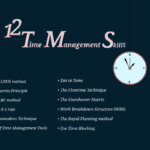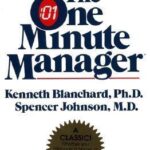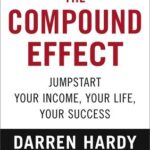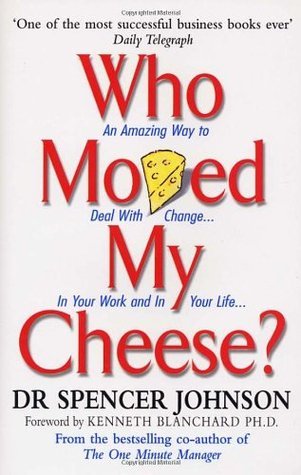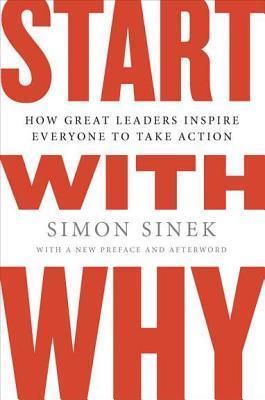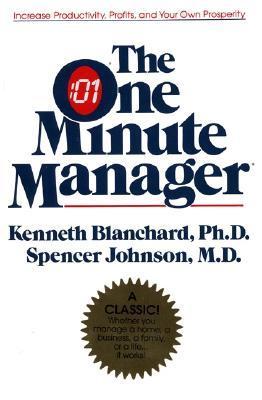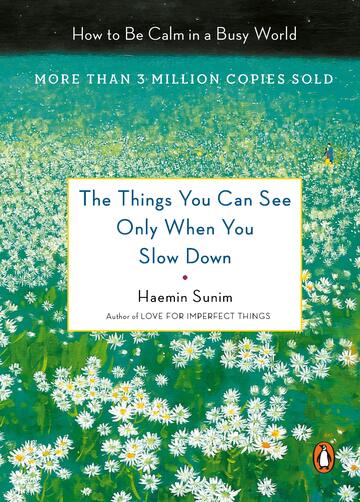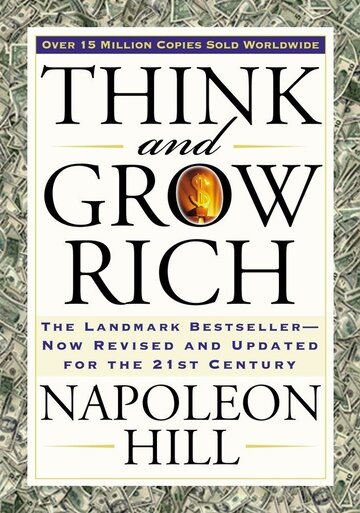Who Moved My Cheese by Spencer Johnson
Genre: Self Help | Psychology
Length: 98 pages
Publish Date: First published January 1, 1999
Have you ever thought that if one fine morning you found out that there will be no electricity connection in your city for the next 3 weeks or there is no food reserve in the market and you & your family have to starve for a couple of weeks, what will you do or how will you react?
Most of us are scared of significant life changes. Not every aspect of life unfolds as planned. Many people naturally tend towards resisting change when it occurs. But why? Simply put, we are scared of these significant shifts to our everyday existence.
Change symbolises the unknown, which puts our sense of security and safety in compromise. The book “Who Moved my Cheese?” is a simple story all about Seeing change, Anticipating change and Adapting to change.
Spencer’s story revolves around four distinct characters each with their own perspective on change, two mice named Sniff and Scurry & two little people who are the same size as mice named Ham and Haw. Sometimes we may act like Sniff who sniffs out change early or Scurry who scurries into an action or Hem who denies & resists change as he fears it will lead to something worse or Haw who learns to adapt in time when he sees changing can lead to something better.
Sniff and Scurry, possessing simple brains, sought hard cheese, while Hem and Haw, with complex beliefs, sought a different cheese with a capital C, aiming for happiness and success.
Despite their differences, the mice and Little people shared a common trait: they would leave their homes in the morning, wearing jogging suits and running shoes, to search for their favourite cheese.
For Sniff and Scurry, cheese was just cheese. But for Hem and Haw – cheese was more than just having something to eat, finding it was a way of getting what they thought they needed. To them cheese represented having security or good health or material things or whatever they believed would make them happy.
For haw cheese meant living in a beautiful cottage with a loving family on Cheddar Lane.
For Hem cheese meant being a big cheese owning a mansion at the top camembert hill .
Sniff and Scurry had good instincts to smell out the general direction of the cheese and Scurry would race ahead, while Hem and Haw had complex brains filled with beliefs and emotions, making finding their way in the maze more complicated and challenging. Rather than trusting their instincts, they relied on guidebooks and maps to navigate the maze.
The narrative centres on Scurry and Sniff, who, upon the disappearance of the cheese, enter a maze in an eager search for fresh cheese. On the other hand, Hem and Haw feel betrayed and complain and waste their time and effort in the hopes that the old cheese will come back. Haw heads into the maze in quest of fresh cheese after realising that the old cheese won’t come back. In the hopes that Hem will follow him, he writes what he learns on the walls. The lessons from the maze’s wall are listed below:
The Learnings of HAW
- Change Happens: they keep moving the cheese
- Anticipate Change: get ready for the cheese to move
- Monitor Change: frequently smelling cheese can help you detect its ageing
- Adapt To Change Quickly: the quicker you dispose of old cheese, the sooner you can enjoy new cheese
- Change: move with the cheese
- Enjoy Change: savour the experience and delight in the tasting of fresh cheese
- Be Ready To Change Quickly And Enjoy It Again: they keep moving the cheese
Key Points from “Who Moved My Cheese?”
- There’s a significant difference between Activity and Productivity.
- Experiencing discomfort facilitates change adaptation.
- There is nothing more dire than the fear you allow to accumulate inside of you.
- As one’s beliefs shift, so does their behaviour.
- Laughing at your own foolishness is the fastest route to change as it allows you to let go and move on fast.
- Beyond your comforts and fears, you must establish your own path.
- Being conscious of your actual options is more secure than isolating oneself in your comfort zone.
The Core Message from the Book:
We must adjust to the constant changes of our life; the quicker we do so, the more satisfied we will be in the long run.


